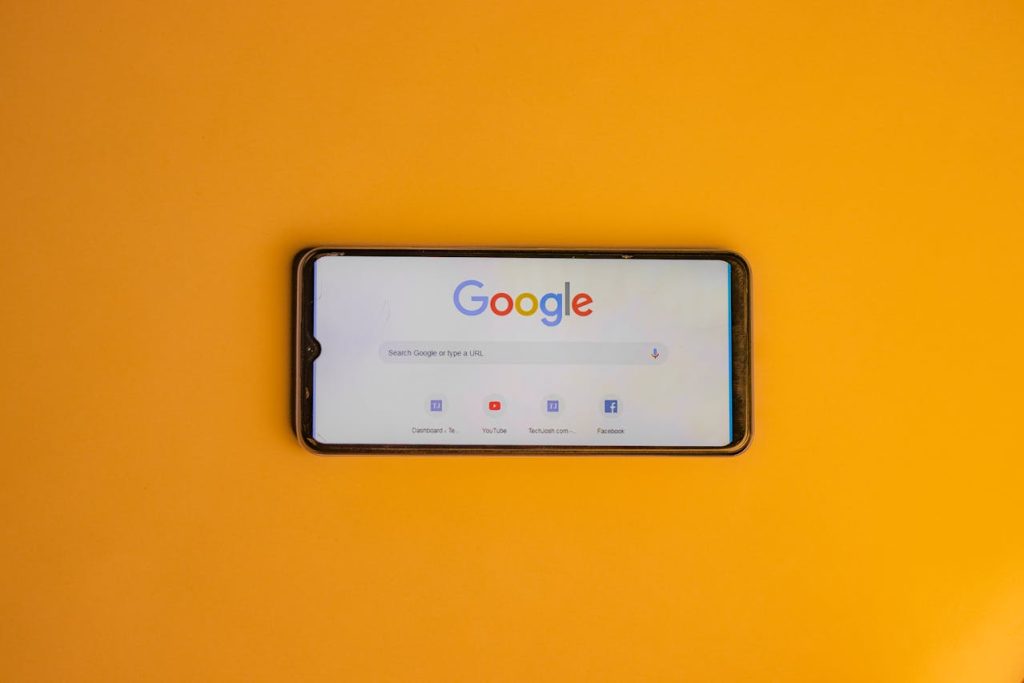Your homepage is the digital front door to your brand. It’s often the first, and sometimes the only, chance you have to make a lasting impression. But in a world where users decide within seconds whether to stay or click away, your homepage must do more than look pretty. It needs to build trust instantly.
Whether you’re a service provider, influencer, or online business owner, trust is the currency that converts casual visitors into loyal clients. Your homepage should communicate who you are, how you help, and why your audience should believe in you, all in a few scrolls.
RELATED: The Ultimate Checklist for Launching Your Personal Brand Website
In this post, we’ll break down the must-have trust-building elements every homepage should include. From powerful headlines to strategic testimonials, these components help you create an instant connection with your audience, and turn clicks into conversions.
1. A Clear and Compelling Headline
The first thing people see when they land on your site is your headline. If it’s vague, confusing, or too focused on you instead of your audience, they’re gone. A great homepage headline should immediately answer: “What do you do, and why should I care?”
Instead of clever or cutesy slogans, opt for clarity and value. Your headline should communicate your core offer and who it’s for, ideally in one sentence. Think of it as your elevator pitch in bold, front and center.
Examples:
- “Helping Coaches Book More Clients with Standout Websites”
- “Grow Your Brand with Data-Driven Digital Marketing Strategies”
- “Get Fit at Home, Personalized Workouts Designed for You”
Follow it up with a one-liner subheadline that adds context or emotion. Together, your headline and subheadline should tell a visitor in less than 5 seconds: “You’re in the right place.”
✅ Pro Tip:
Use client-centric language (“you,” “your”) and make the benefit crystal clear. This builds trust by showing visitors that you understand their needs.
2. A High-Quality Professional Photo or Brand Image
People trust faces more than logos. If you’re a personal brand or influencer, a high-quality, friendly photo of yourself helps create instant connection. For companies, this could be a team photo or a hero image that emotionally aligns with your offer.
A blurry or generic stock photo won’t cut it. Your homepage image should feel authentic and aligned with your brand personality. If you’re warm and approachable, smile. If you’re polished and luxury-oriented, keep it clean and elegant.
Bonus: Pair your photo with a short welcome blurb. Even one or two sentences next to your image saying “Hi, I’m [Name] and I help [target audience] get [desired result]” can go a long way in building trust.
✅ Pro Tip:
Make sure your photo is web-optimized (small file size, fast loading) and high-resolution. Grainy images subconsciously signal low quality.
3. An Easy-to-Understand Explanation of What You Do
After your headline and image, visitors want to know exactly what you offer and whether it applies to them. This is your value proposition, make it short, simple, and customer-focused.
Avoid jargon. Instead of saying “I offer comprehensive digital solutions,” try “I build websites and run ad campaigns that help businesses grow faster.”
Break it down into three digestible points:
- Who you help
- What problem you solve
- What result they can expect
If you offer multiple services, include icons or a 3-column layout to make it visually scannable. But keep it focused. Too many options can confuse people and reduce trust.
✅ Pro Tip:
Use testimonials, stats, or client logos nearby to reinforce your credibility. Social proof combined with clarity = immediate trust boost.
4. Visible Social Proof and Testimonials
People trust other people, especially when making buying decisions. Adding testimonials, client logos, or media mentions on your homepage shows that others have trusted you and gotten results.
Place 2–3 of your best client quotes (preferably with names and photos) on the homepage. Choose ones that highlight a specific transformation or benefit, not just “She was great to work with.”
You can also include:
- Logos of clients or partners you’ve worked with
- “As Seen In” press features
- Trust badges or certifications
Place your social proof section right below your main offer area. This shows visitors others have already said yes to you, and builds instant confidence.
✅ Pro Tip:
Rotate or update your testimonials often. Fresh, relevant feedback shows you’re active and continuously delivering value.
5. Trust Signals: Certifications, Affiliations, and Awards
Trust isn’t just emotional, it’s logical too. People want to know you’re legit, especially when money is involved. Displaying certifications, professional associations, or awards builds credibility quickly.
Even small recognitions matter. Think:
- Google Certified Partner
- Certified Nutrition Coach
- Featured in Forbes or Business Insider
- 5-Star Rated on Google Reviews
Place these logos near the top or middle of your homepage. They act as trust anchors, especially for new visitors who don’t know you yet.
Note: If you don’t have any formal credentials, consider showcasing community involvement, public speaking, podcast guest spots, or project results.
✅ Pro Tip:
Link the badges to the source or mention briefly what they mean (e.g., “Certified in Web Accessibility Standards”) to make them even more trustworthy.
6. Clear Call-to-Action (CTA) Buttons
You’ve built the trust, now guide your visitor on what to do next. A homepage without a strong CTA is a missed opportunity.
Your CTA should match your goals and where your visitor is in their journey. If you want bookings, make your CTA “Book a Free Discovery Call.” If you’re building a list, offer a lead magnet like “Download the Free Guide.”
Use action-oriented language that focuses on the benefit:
- “Start Growing Your Brand Today”
- “Get My Free Social Media Checklist”
- “Schedule Your Free Strategy Call”
Place CTAs in multiple spots: after your intro, near the testimonials, and at the end of the page. Make them bold and easy to click.
✅ Pro Tip:
Use a contrasting color for your CTA button so it stands out. Make sure it looks great and functions properly on mobile too.
7. Navigation That’s Simple and Intuitive
Nothing erodes trust faster than a confusing, cluttered website. Your homepage navigation should be clean, intuitive, and lead people exactly where they want to go.
Stick to the essentials:
- Home
- About
- Services or Work With Me
- Blog (optional)
- Contact
Avoid dropdown overload or complex menus. People trust brands that feel easy to engage with, and your website structure plays a big part in that.
Bonus: Use sticky navigation so users can access the menu as they scroll, especially on mobile.
✅ Pro Tip:
Include a small site search or FAQ link in the footer for visitors who are looking for something specific.
8. A Personal or Brand Story (Optional but Powerful)
People buy from people. Including a short personal story, especially if you’re a solo brand, can add that final layer of trust.
It doesn’t have to be a full-blown “About Me” section, but even a short paragraph like this works:
“After years in the corporate world, I launched my own design studio to help small business owners build brands they’re proud of. I’ve helped 100+ clients create websites that actually convert, and I’d love to help you too.”
Make it emotional. Make it relevant. Keep it customer-focused.
Pair it with a smiling headshot and a small CTA (e.g., “Get to Know Me” or “See My Work”) to guide curious users deeper into your site.
✅ Pro Tip:
Keep this section near the bottom of the homepage. By then, you’ve already built trust, now you’re strengthening connection.
Final Thoughts: Your Homepage = Your First Impression
Building trust online isn’t about gimmicks, it’s about clarity, credibility, and connection. Your homepage is your chance to show your visitors, “You’re in the right place, and I can help.”
To recap, here’s what to put on your homepage to instantly build trust:
- Clear and benefit-driven headline
- High-quality brand photo or image
- Simple explanation of what you do
- Strategic social proof (testimonials/logos)
- Trust badges or recognitions
- Clear and compelling CTAs
- Intuitive navigation
- Optional brand story for emotional connection
If you implement even a few of these homepage trust signals, you’ll start to see longer visits, more inquiries, and better conversions.
RELATED: How to Write an About Page That Turns Visitors Into Best Clients (Step-by-Step Guide)
Need Help Designing a Homepage That Converts?
I help service providers, influencers, and creative entrepreneurs design websites that do the selling for them. If you’re ready to turn your homepage into a client-converting machine…
👉 Book a free website audit today and get personalized tips for making your homepage more trustworthy and profitable.



